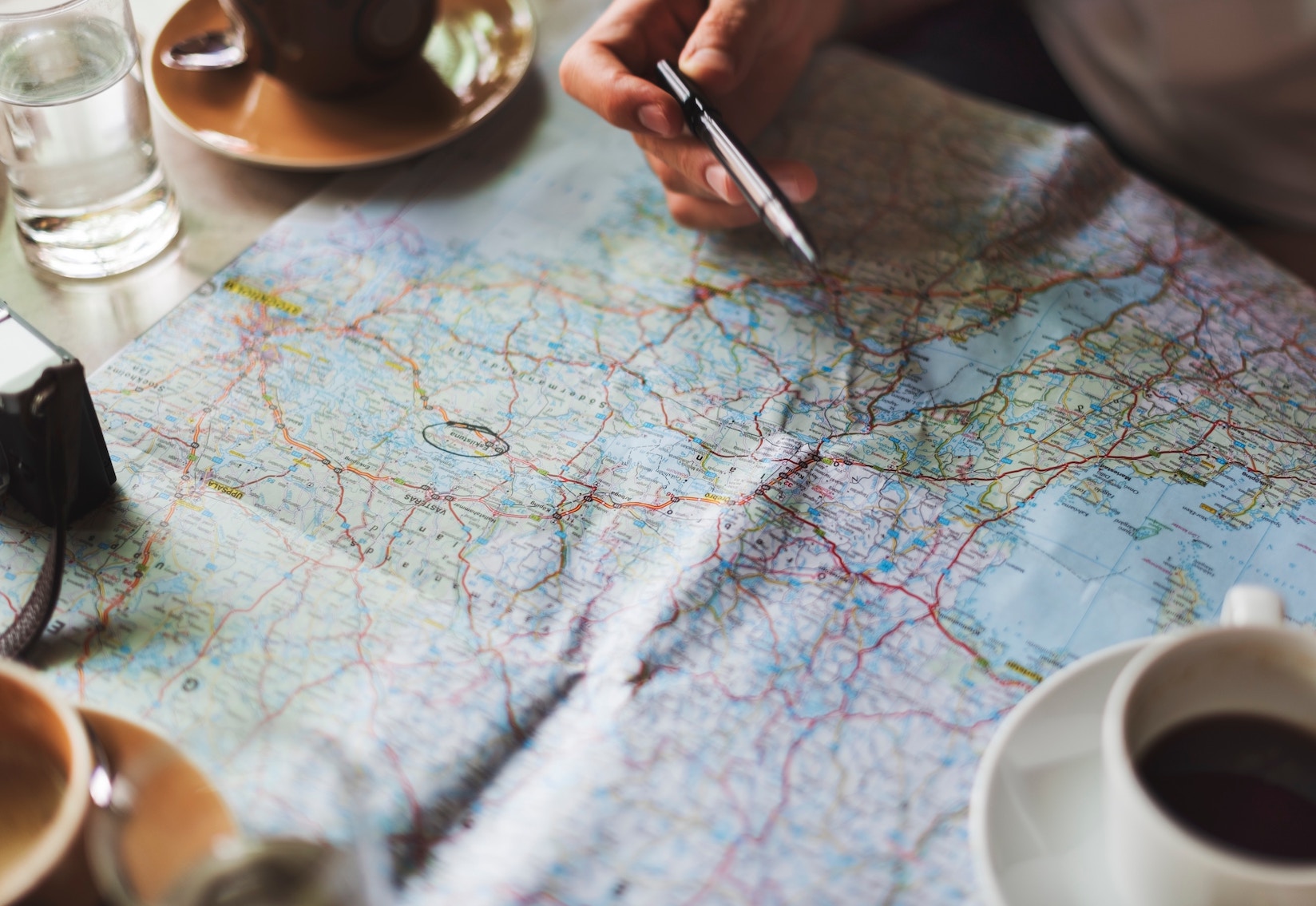If you’ve done your due diligence planning a wallet-friendly road trip and booking the best hotel deals out there—the last thing you want to do is blow all that budgeting with some pricey sightseeing. While lots of landmarks charge a hefty admission fee, you might be surprised to discover the plethora of totally free destinations all around the country. Here’s our list of some of the very best:

The Best Free Landmarks and Road Trip Destinations:
- Fairfield, CA: The Jelly Belly Factory. Does anyone really need a reason to hit up a literal candy factory? Whether you love Sour Cherry, Tutti-Fruitti, or Buttered Popcorn (haters, keep those comments to yourselves!), you’ll leave this road trip stop with a big smile on your face (and a ton of free samples in your mouth).
- Birmingham, AL: Birmingham Botanical Gardens. For absolutely no cost, you can peruse 67.5 acres of 30 themed gardens at this iconic nature wonderland billed as Alabama’s largest living museum.
- Boise, ID: Boise River Greenbelt. This 25-mile route is lined with trees and offers pedestrians a super scenic views and a wildlife habitat. Take a driving break and go for a walk or a leisurely bike ride.
- Princeton, NJ: Princeton University. If your only point of reference for The Garden State is Jersey Shore, it’s time to take in this epic institution and recognize the state’s greatness. Besides, Michelle Obama went here, so that’s reason enough to roam any part of the 500 acres.
- Bardstown, KY: The Oscar Getz Museum of Whiskey History. You may not get as many free samples here as you would at the aforementioned candy factory, but it’s still worth a visit. The museum houses a 50-year collection of rare whiskey-related artifacts and documents dating from pre-Colonial days to post-Prohibition years.
- Des Moines, IA: The John and Mary Pappajohn Sculpture Park. Art lovers, prepare to really geek out. This 4.4 acre park features stunning modern sculptures from a collection of creatives, and guests are encouraged to snap pics and picnic among the works.
- Omaha, NE: Boys Town Hall of History. This legendary site is the former dining hall built by Father Flanagan in 1939, and displays artifacts like the Best Actor Oscar Spencer Tracy won for his role as Father Flanagan in the movie, Boys Town.
- Philadelphia, PA: The Liberty Bell. If you drive through Philadelphia and don’t take a selfie with the Liberty Bell…did you ever really drive through it at all? Get a history lesson and see the famous inscription for yourself (“Proclaim Liberty Throughout All the Land Unto All the Inhabitants thereof”).
- Richmond, VA: Maymont. This 100-acre park features Japanese and Italian gardens, mansion, and a petting zoo (those last two come with a suggested donation). If you’d rather not spend any cash, you can still wander the grounds free of charge.
- Seattle, WA: Pike Place Market. Nothing is more quintessentially Pacific Northwest than this collection of owner-operated bakeries, fish markets, butcher shops, produce stands, specialty food stores, and of course, a year-round farmers market. You might end up dropping serious dough on delicious snacks, but after all that penny pinching, you deserve a treat.
Before you hit the road, make sure you have a car insurer that has your back. Visit metromile.com today to get a free quote.
Michelle Konstantinovsky is a San Francisco-based journalist/writer/editor and UC Berkeley Graduate School of Journalism alumna. She’s written extensively on health, body image, entertainment, lifestyle, design, and tech for outlets like Cosmopolitan, Harper’s Bazaar, Marie Claire, Teen Vogue, O: The Oprah Magazine, Seventeen, and a whole lot more. She’s also a contributing editor at Fitbit and the social media director at California Home + Design Magazine. She is an avid admirer of shiny objects, manatees, and preteen entertainment.












